1930s Inverness was the place to see and be seen, both as a holiday resort for the hoi polloi and a playground for the rich and famous.
The highlight of the social calendar was undoubtedly the annual Northern Meeting, established in 1788 to bring joy and pleasure to Inverness.
In the late 1700s, Inverness was still in the doldrums after the Battle of Culloden and the week-long Northern Meeting aimed to reverse its fortunes.
Aristocrats clad in plaid were photographed in 1930s Inverness
Founded by gentlemen for gentlemen, the Northern Meeting showcased Inverness as a destination for dining, drinking, hunting, sport, socialising and later, Highland Games.
And specifically there was to be no business or politics – it was a week of escapism.
In the 1930s, the celebrated society ladies and gentlemen of the day still headed north for their annual pilgrimage.
Aristocracy, and sometimes royalty, descended on Inverness to enjoy Highland hospitality.
During the inter-war years, bright young things clad in plaid would grace the pages of Tatler and other London publications with Inverness as their backdrop.
In 1933, The Sphere, an illustrated London newspaper, reported how the Northern Meeting Games “attracted, as usual, a large and distinguished gathering”.
But this love affair with Inverness was not purely the preserve of the well-to-do.
The P&J’s account of the 1934 meeting spoke of a week-long festival that concluded in “a blaze of tartan and sunshine”, enjoyed by both country and townspeople of Inverness.
Many offices and works in the Highlands granted their employees a half-holiday to enjoy the games, while hundreds of schoolchildren “had been released early”.
But 1934 was to be the last year the games were held at Ardross Street park, with plans afoot to take the event to the Bught Park the following year.
Inverness had ‘wonderful reputation as holiday centre’
In the 1930s, Inverness was marketed as a rival to Edinburgh as a holiday destination.
It was described in advertorials as a “clean, well-built town”, where “the view from the castle is grand and inspiring, and includes the mighty Ben Wyvis”.
An Inverness holiday feature from the summer of 1937 read: “Once again the season’s magical transformation has taken place in Inverness; now she stands decked for high summer in blossom, flower and greenery.”
It was said there were so many benefits to holidaying in Inverness, but “health was one of its greatest gifts”.
The feature, somewhat romanticised, added: “Its pure air, tempered by soft western breezes which have blown over a score of heather-laden mountains, its charming walks, and its varied sport amenities constitute the very basis on which rests the town’s wonderful reputation as a holiday centre.”
Holidaymakers were advised to take a walk along the banks of the silvery Ness on a summer’s day “with the gentle zephyrs keeping the atmosphere from becoming sultry”.
New facilities made Inverness popular resort in the 1930s
For those who sought entertainment beyond fresh air, the recently-constructed Bught Park provided sporting entertainment.
Meanwhile the “prosperous market town” had also welcomed brand-new public baths the previous year.
Not far from the centre was Bellfield Park, where spectators could enjoy “some of the best players in the country” once a year at the annual tournament.
With a thriving town centre brimming with independent businesses, just a stone’s throw from beautiful gardens and stunning scenery, the Press and Journal said: “Probably in no town north of Aberdeen has the enterprise of man been busier than in Inverness.
“And it is because of that in midsummer the sound of nearly every dialect in Scotland and England can be heard on the streets.”
Its facilities were “unrivalled” with bowling greens, putting greens, golf courses, angling, “handsome churches and schools”, a museum, a public library and two “talkie” picture houses, and a large number of first-class hotels and restaurants.
The feature concluded that the people of Inverness were “courteous and hospitable”, and “altogether a holiday spent in Inverness and district is a happy and refreshing experience”.
Gallery: Life and society in Inverness in the 1930s
1931: Royal visits
1932: Collapse at the castle
1933: A pretty skyline and wedded joy
1934: Celebration and the circus
1935: Inspection and promotion
1936: Inverness Shinty Club
1937: Bellfield Park and holiday fun
1938: A lost lane in Inverness
1939: The first triplets born at the Royal Northern Infirmary
ALL IMAGES IN THIS ARTICLE ARE COPYRIGHT OF DC THOMSON. UNAUTHORISED REPRODUCTION IS NOT PERMITTED.
If you enjoyed this, you might like:
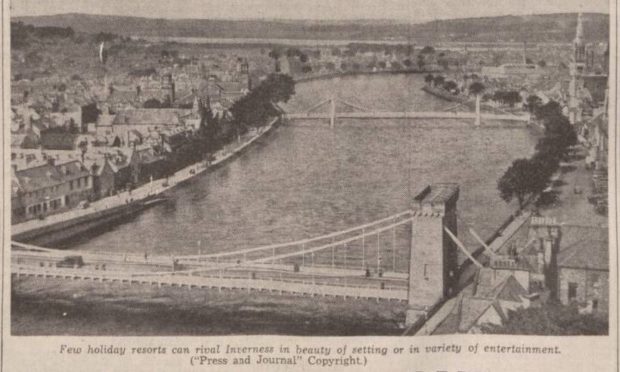
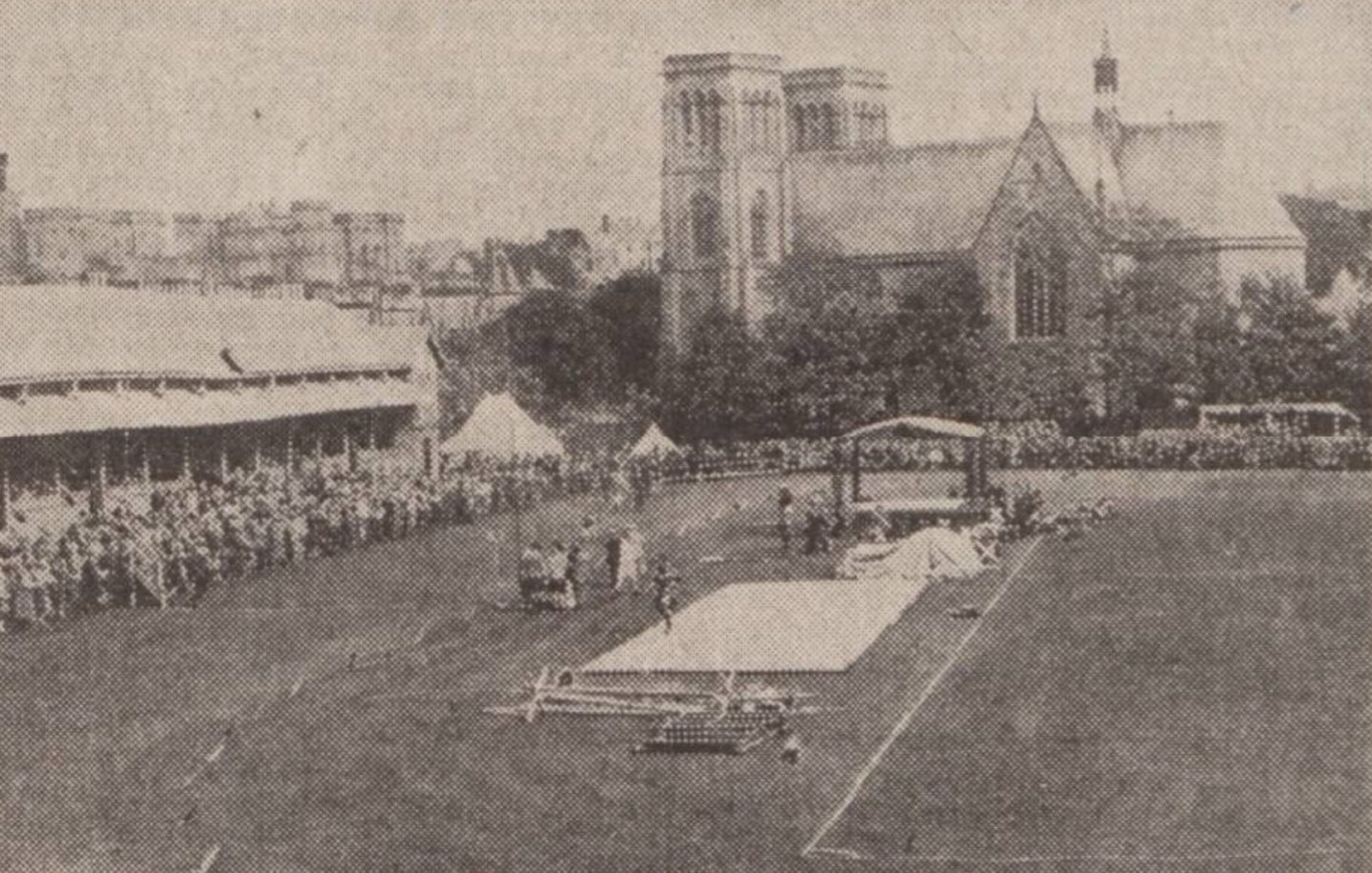
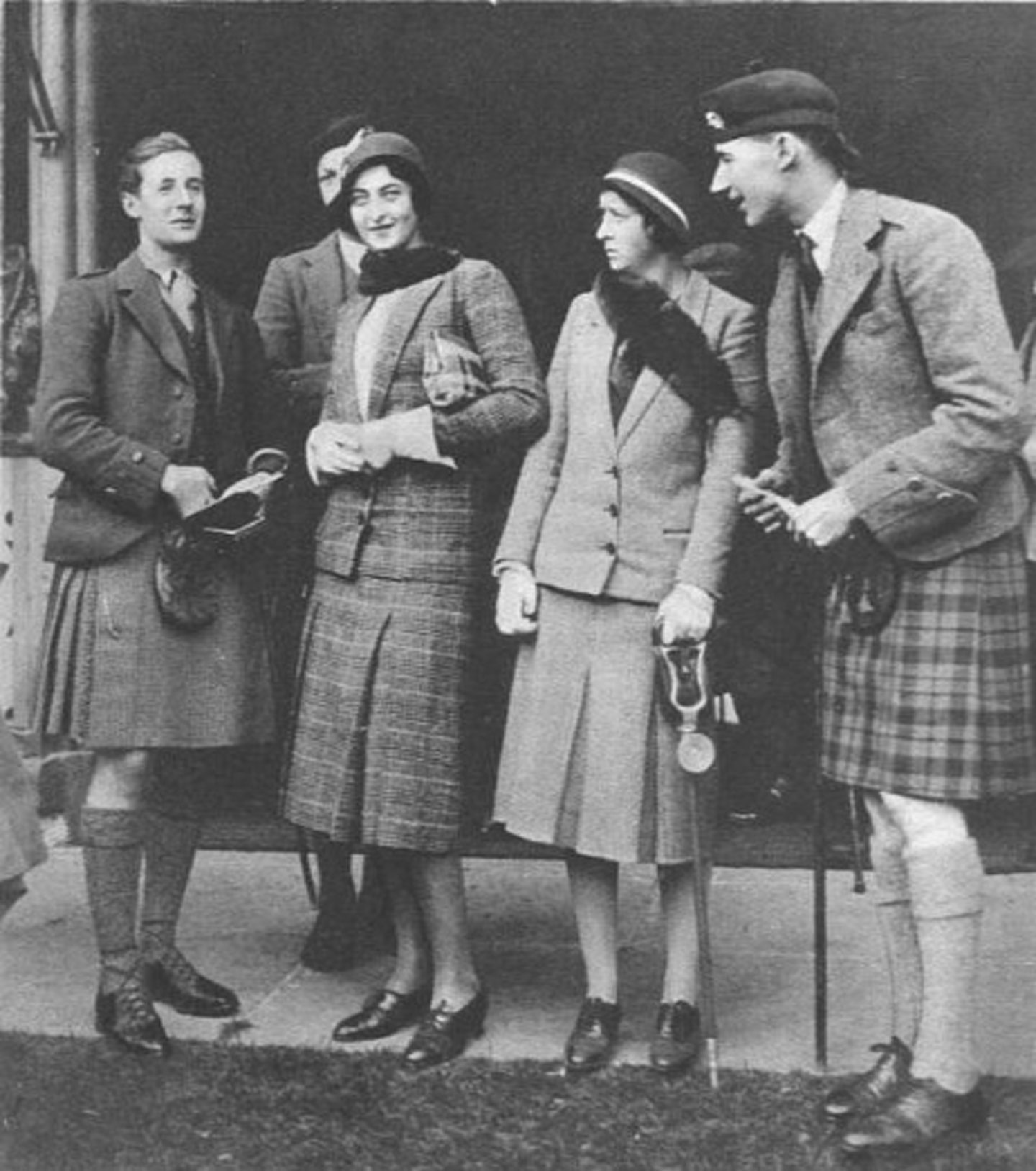
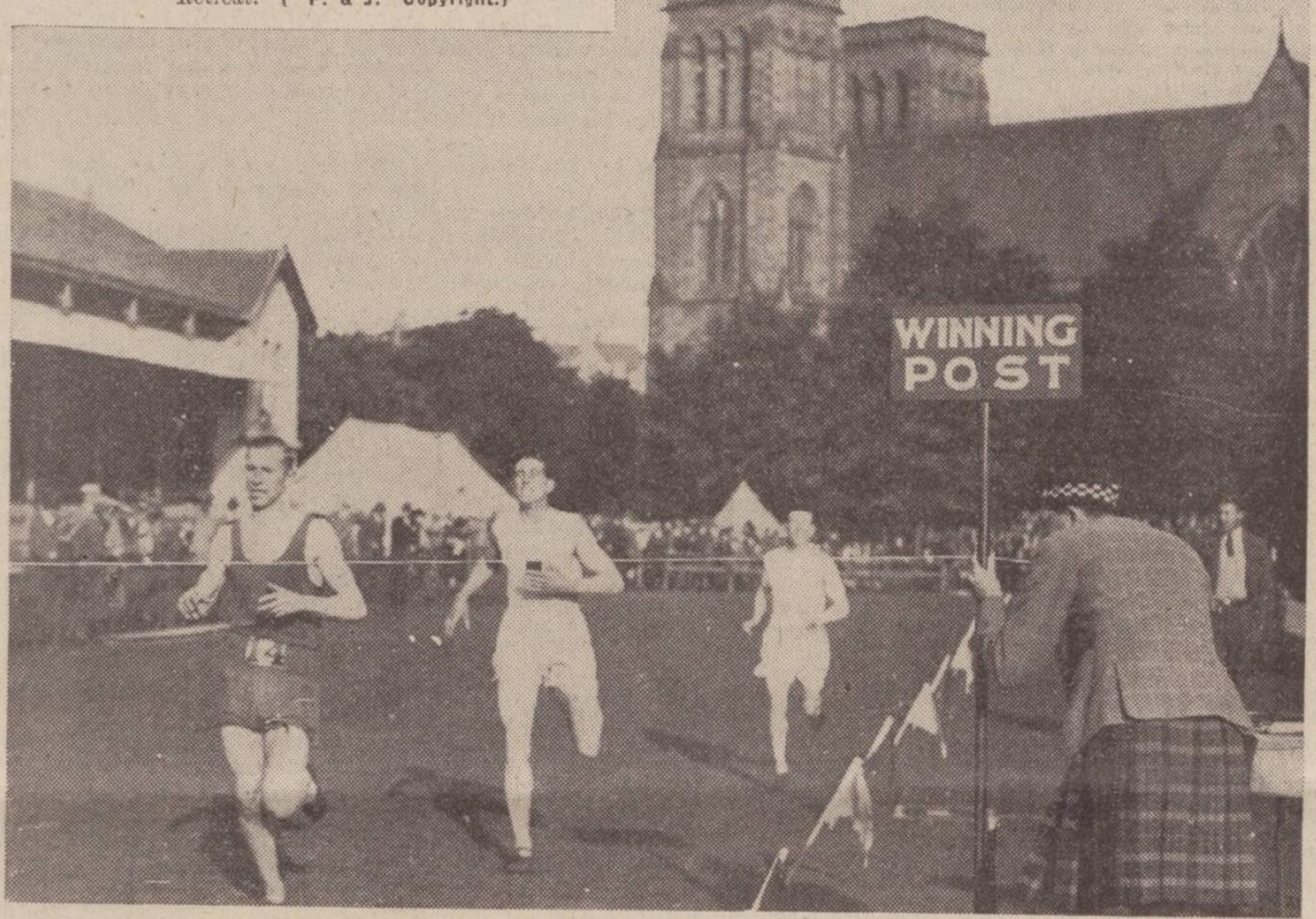
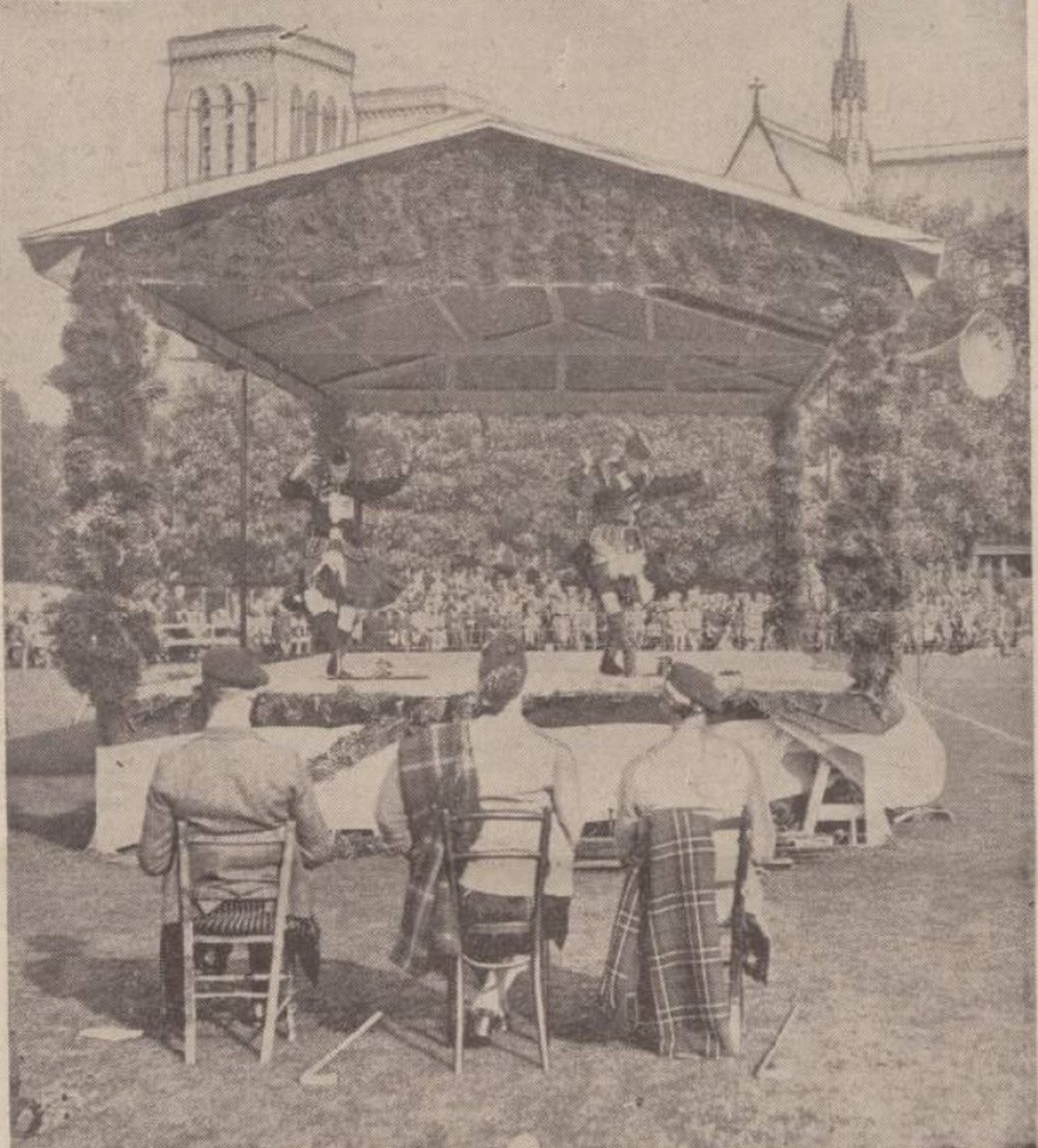
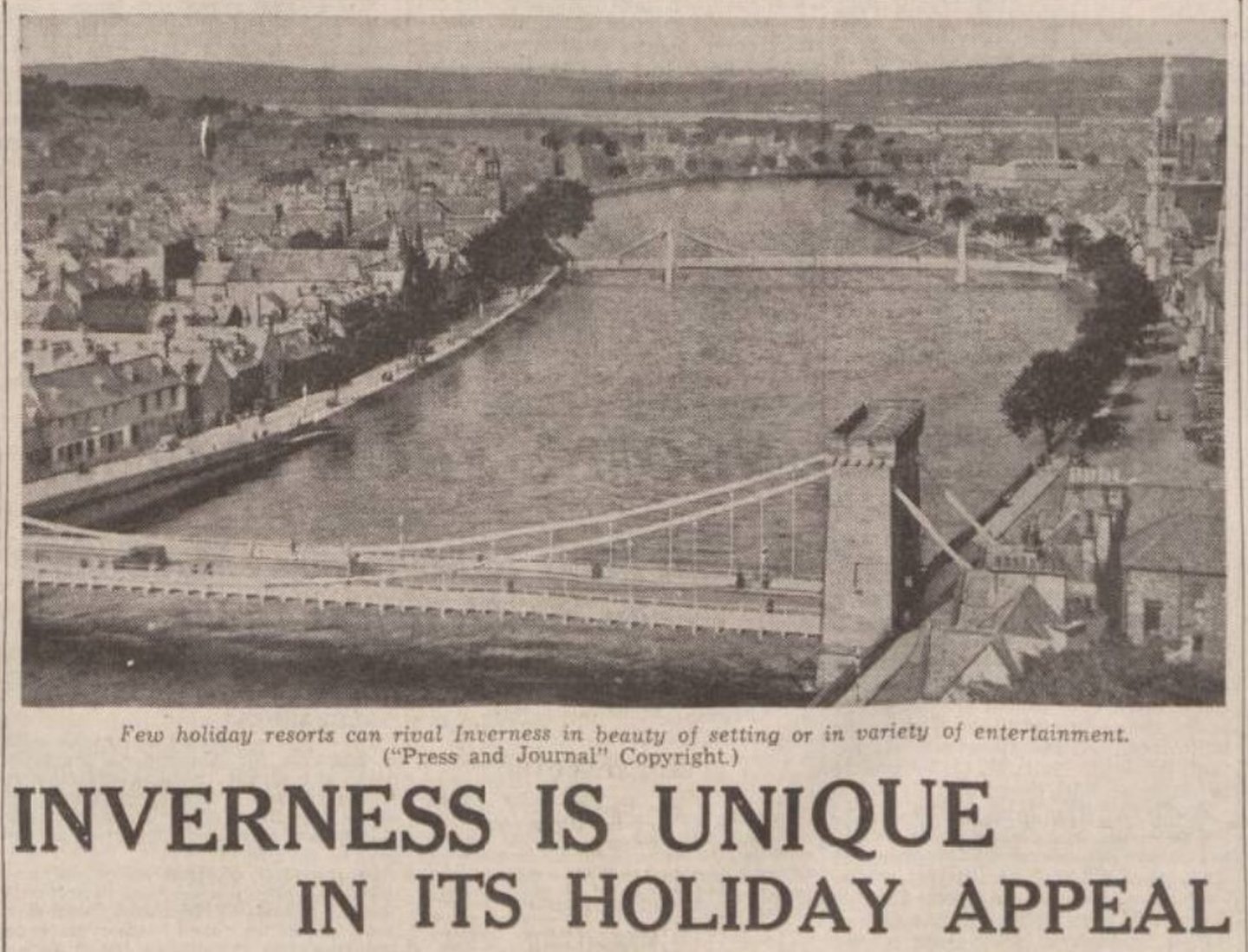
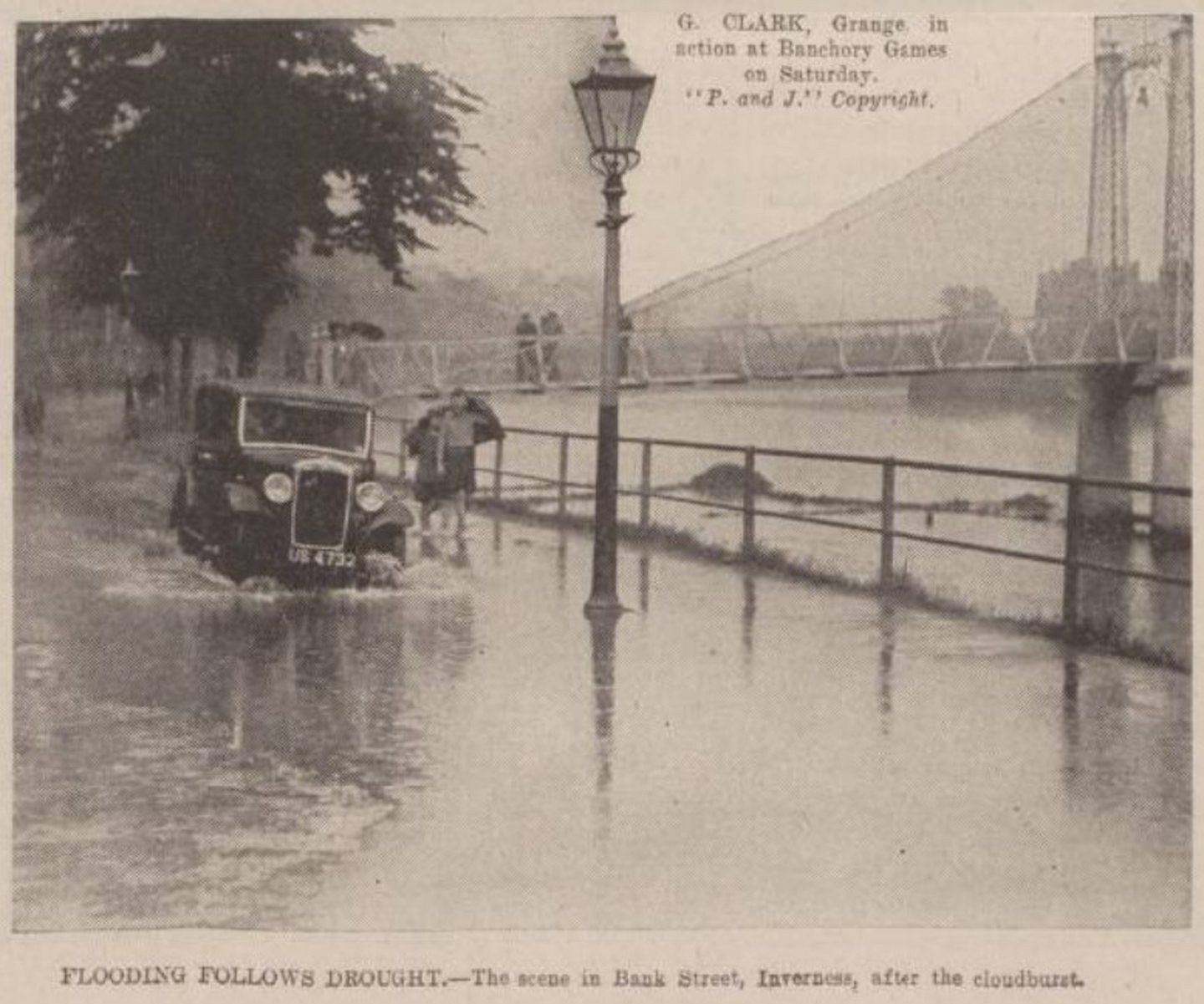
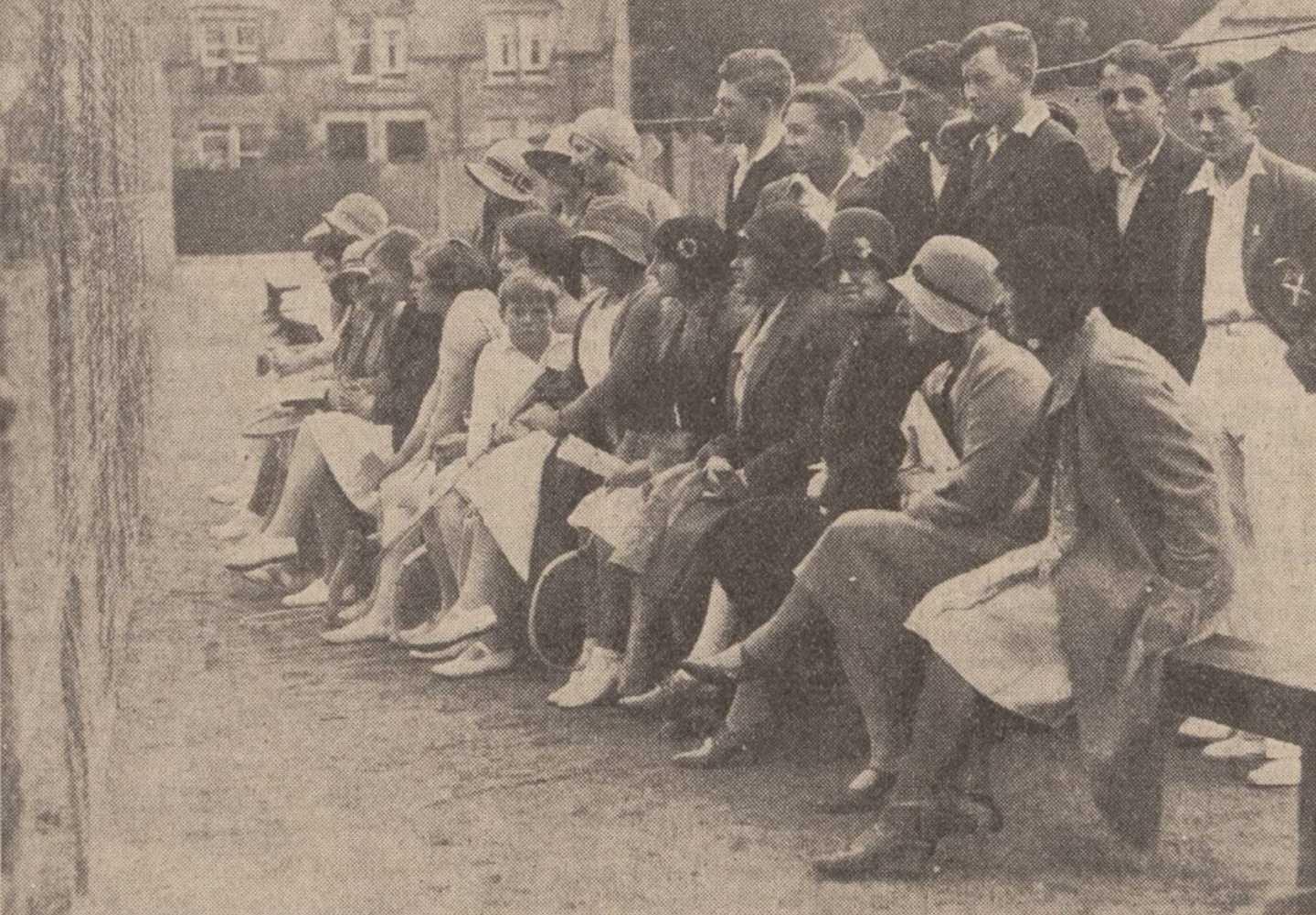
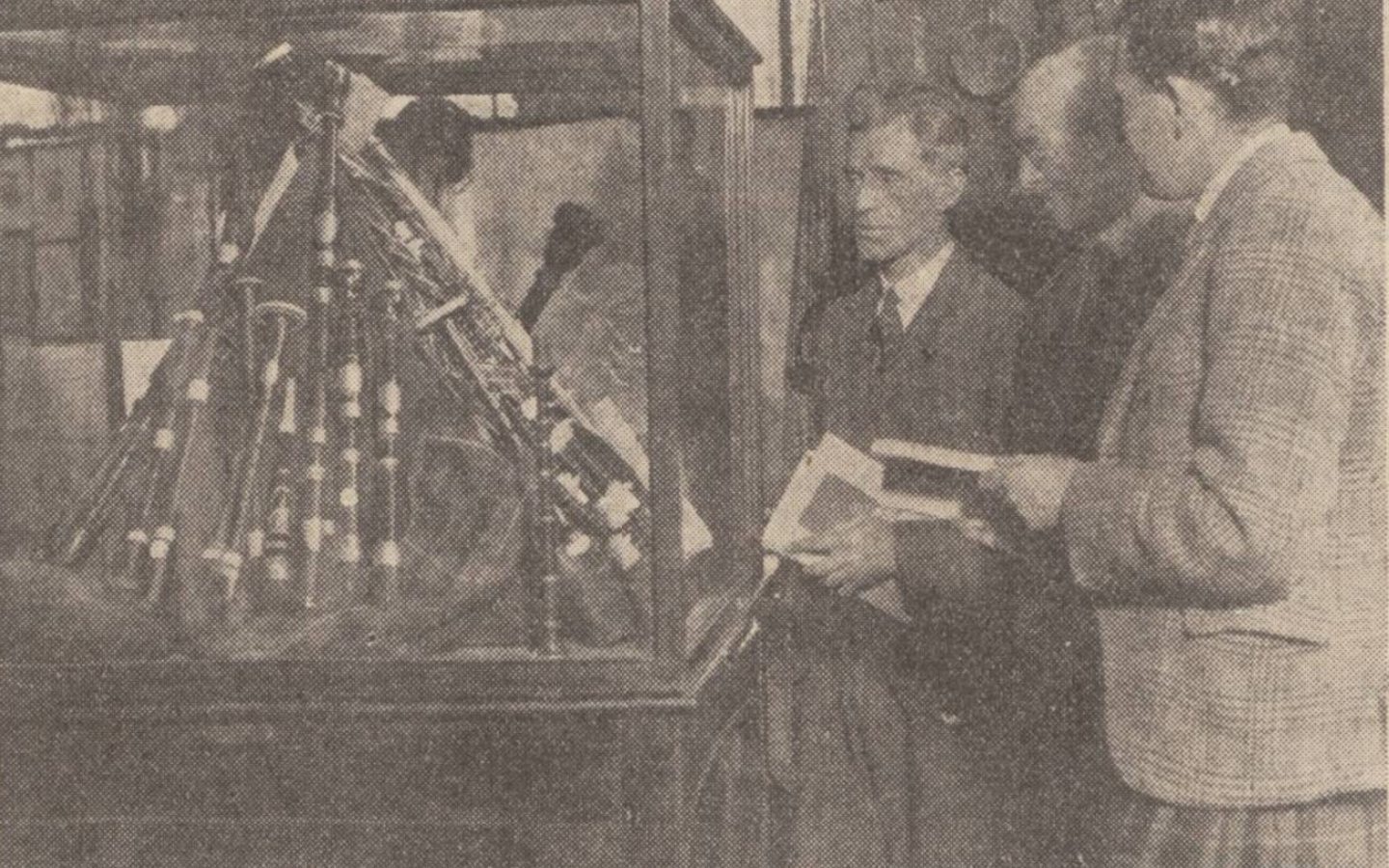
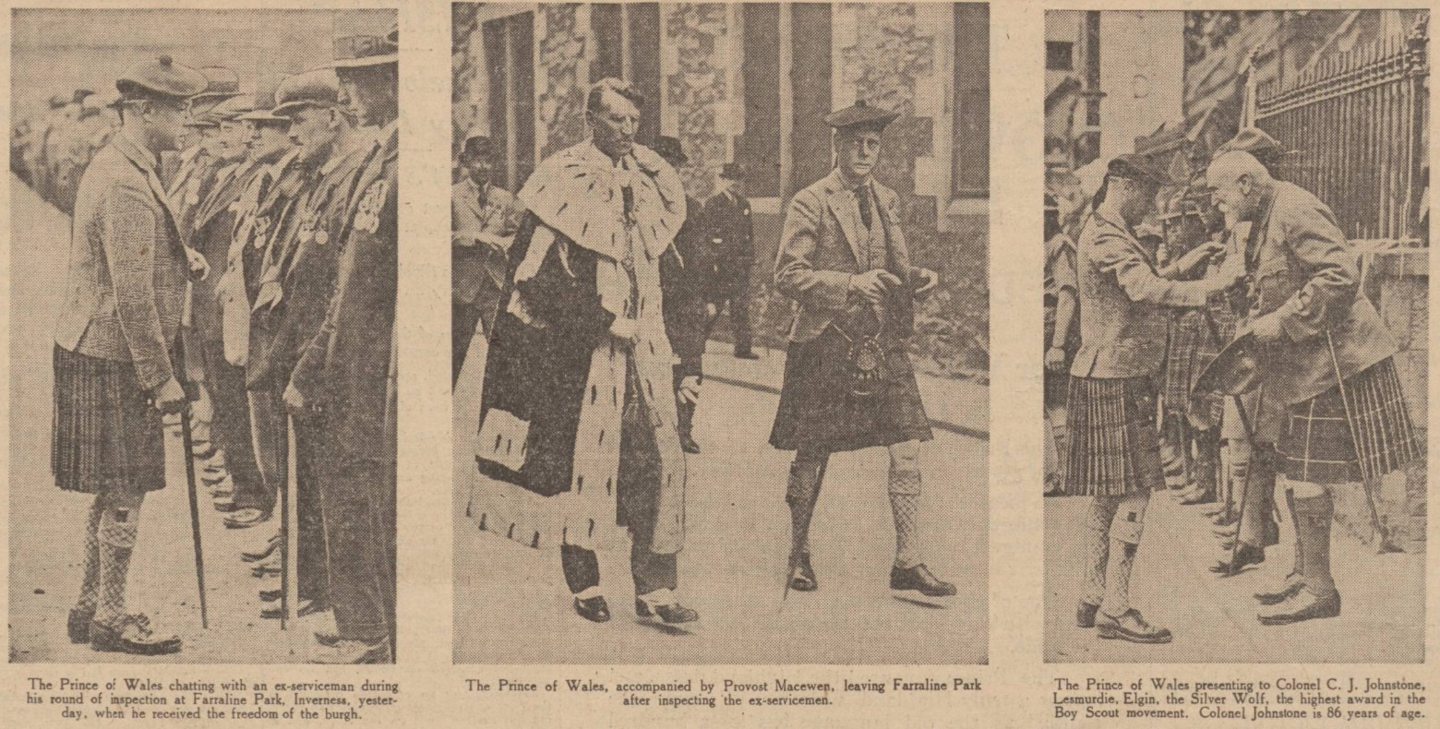
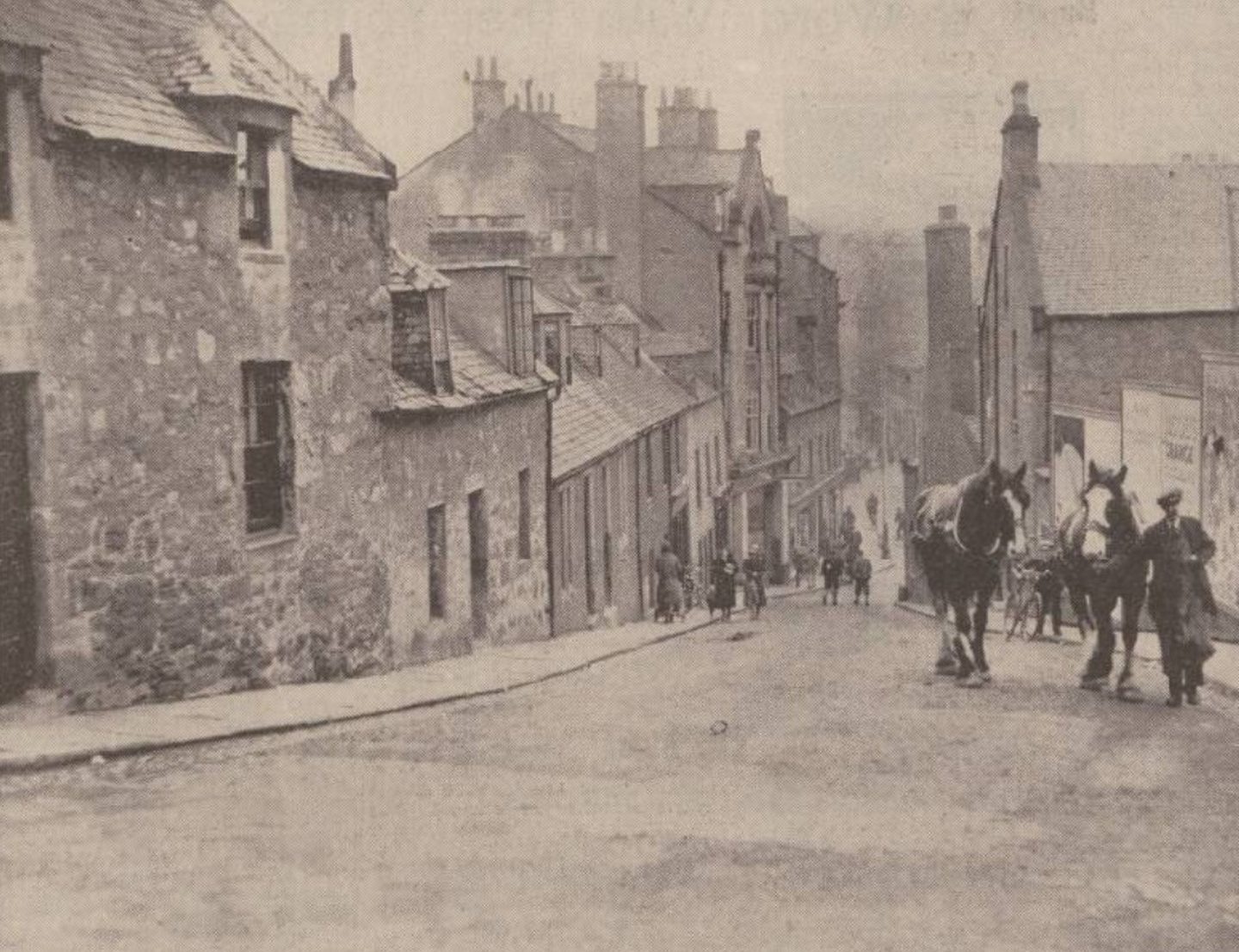
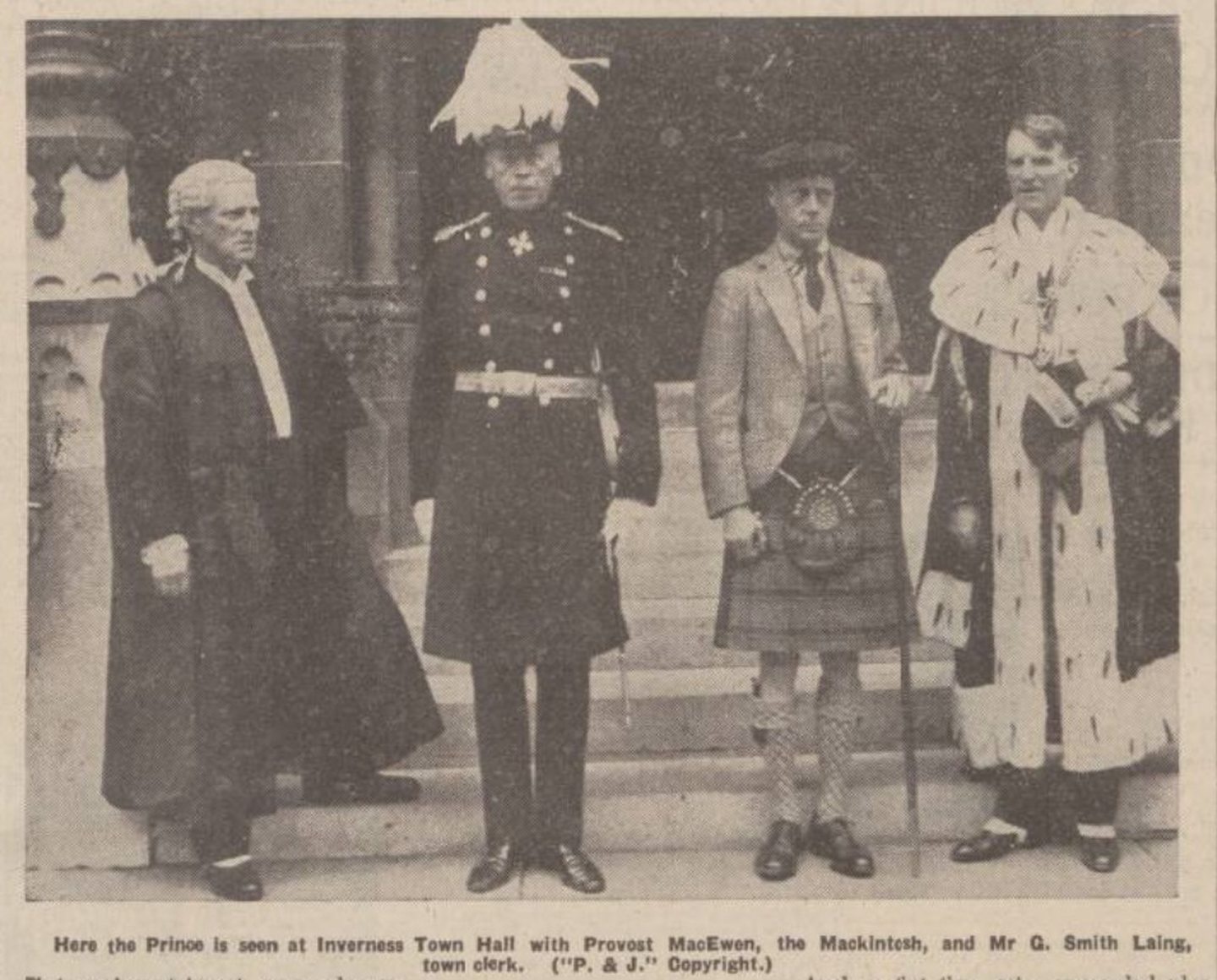
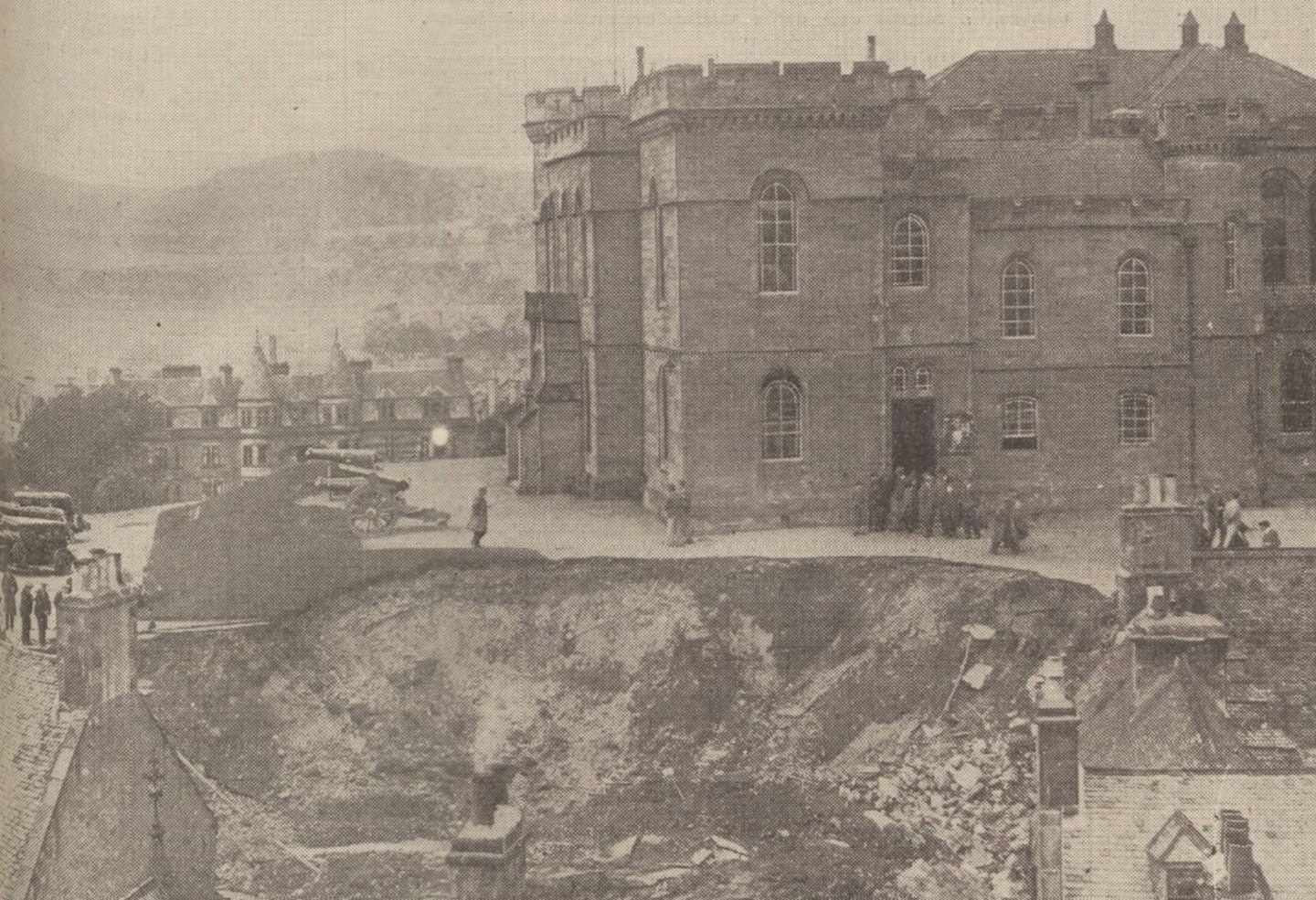
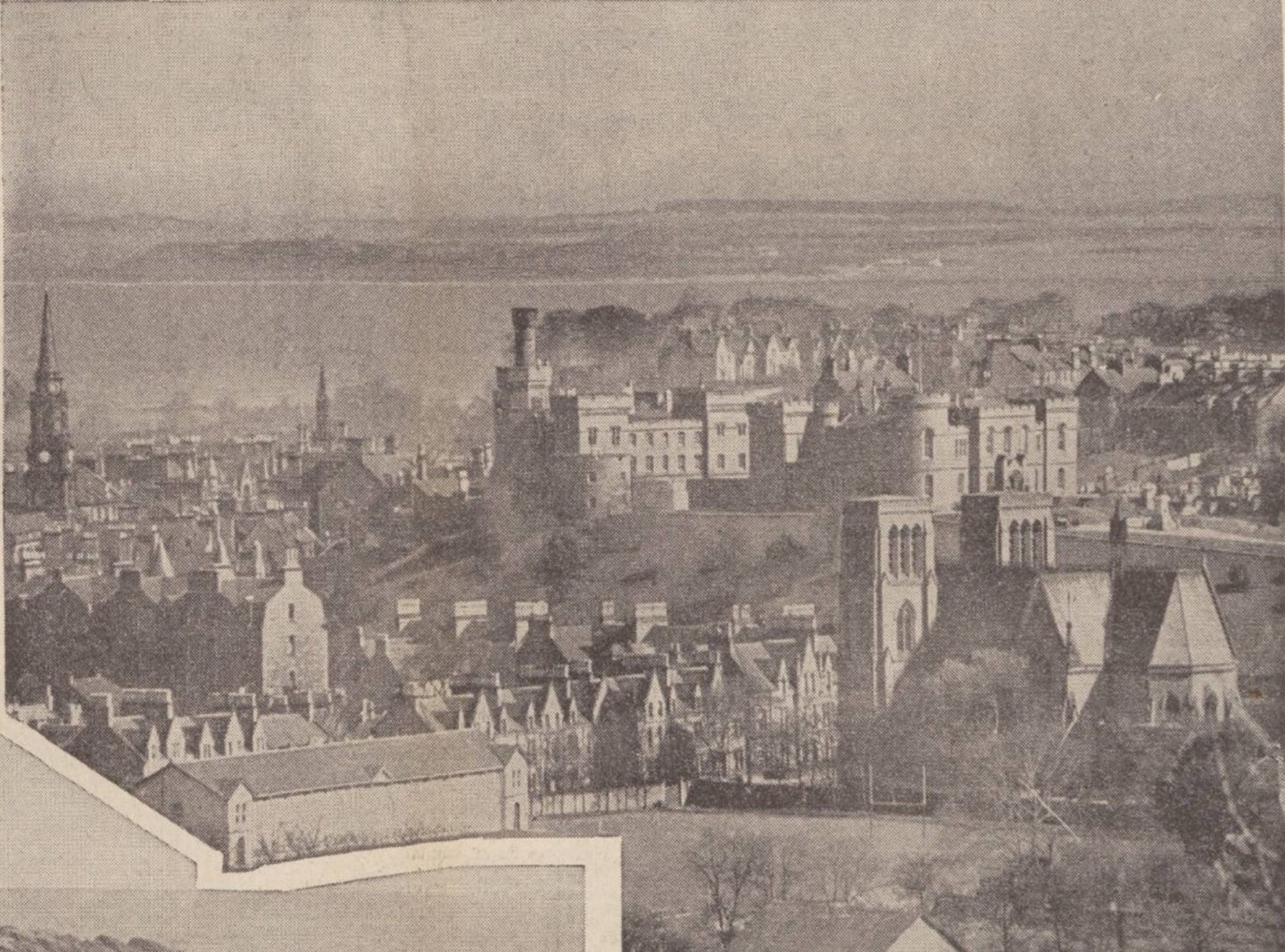
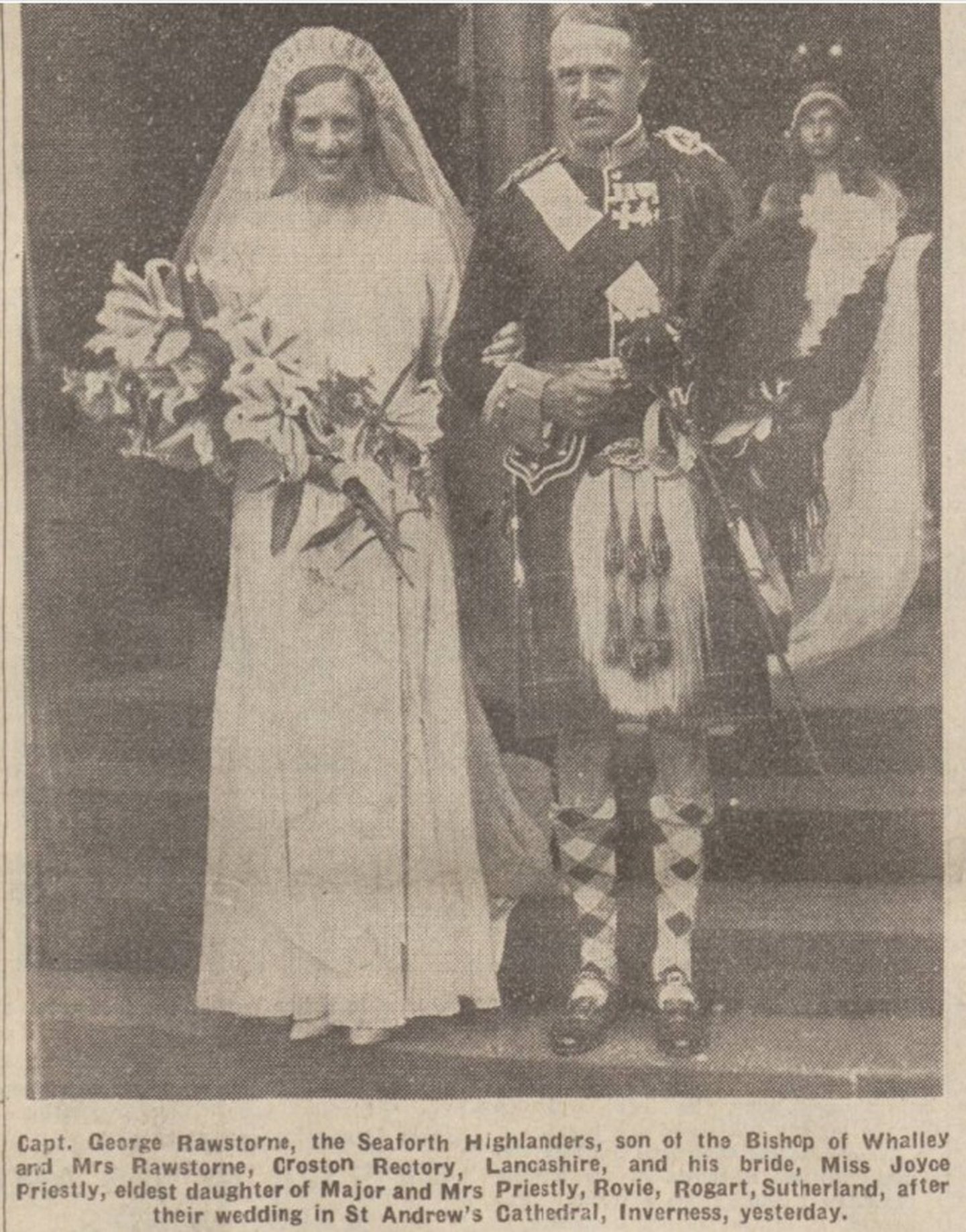
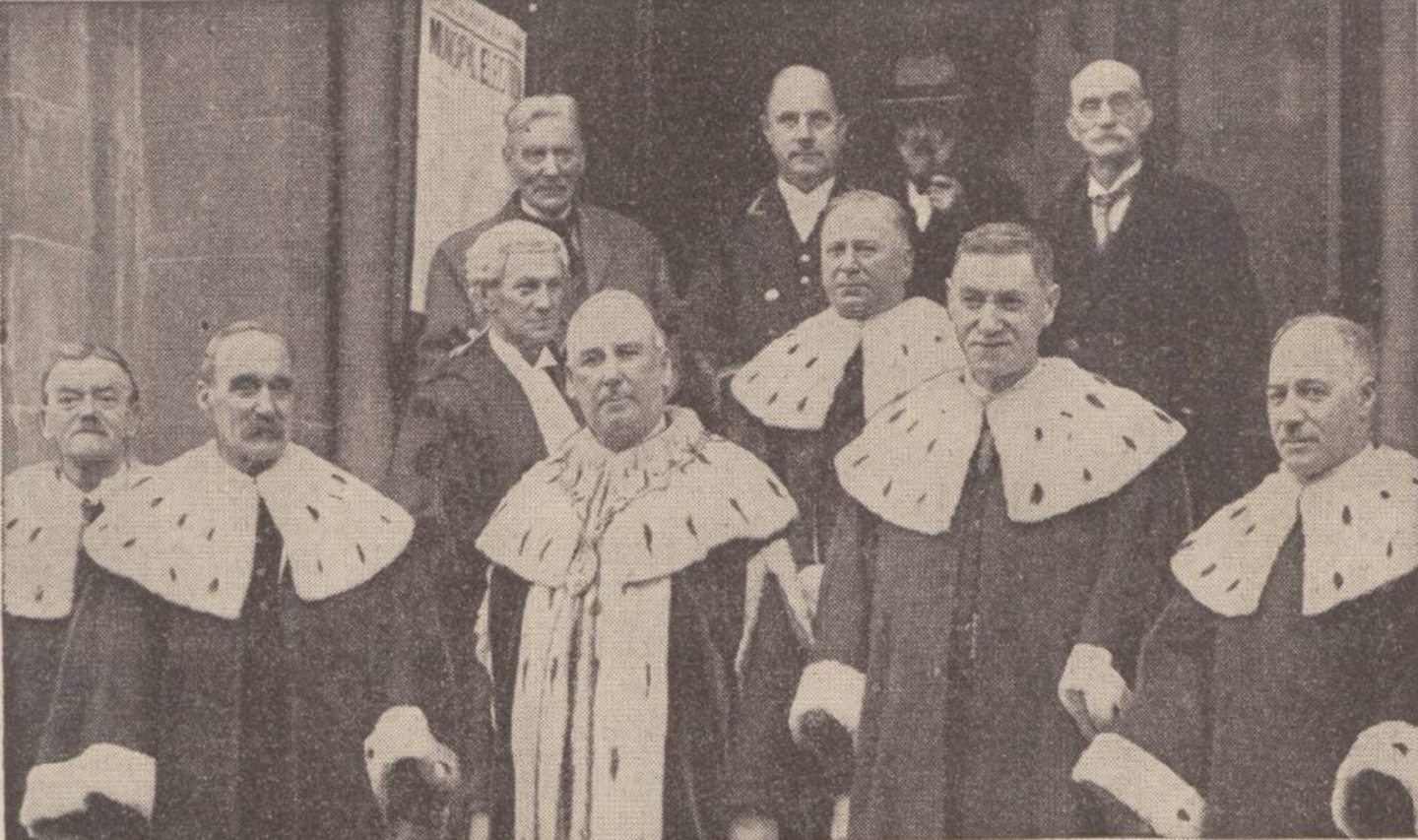
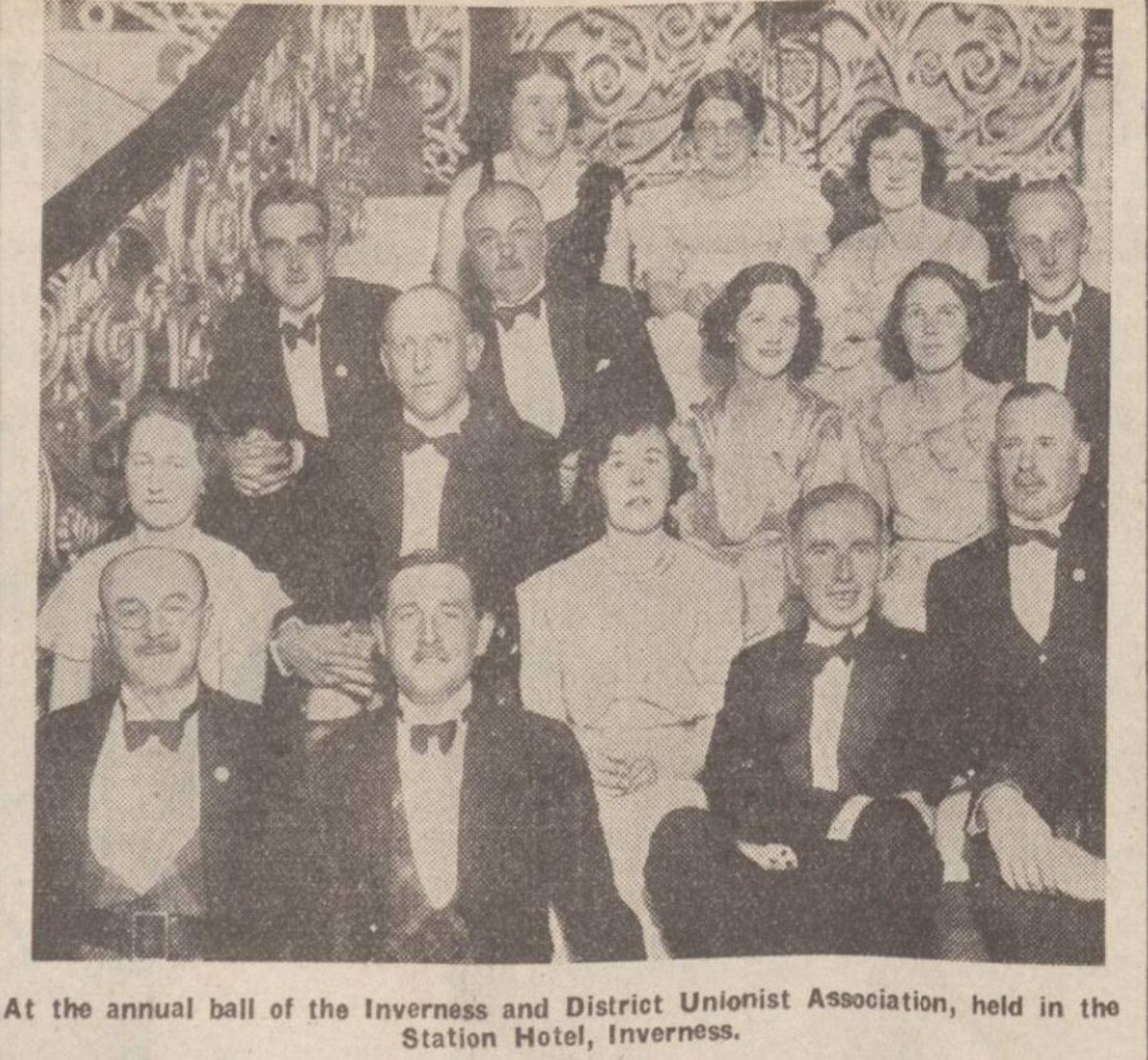

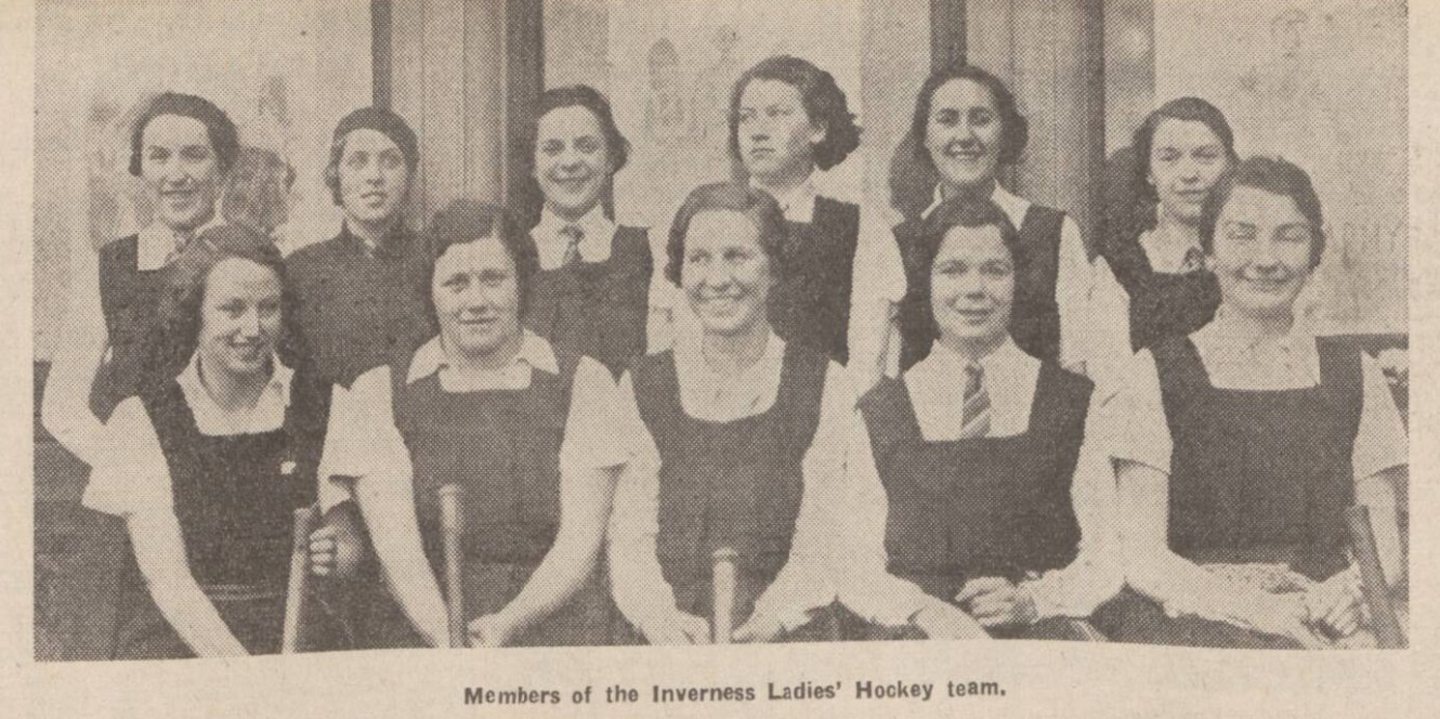
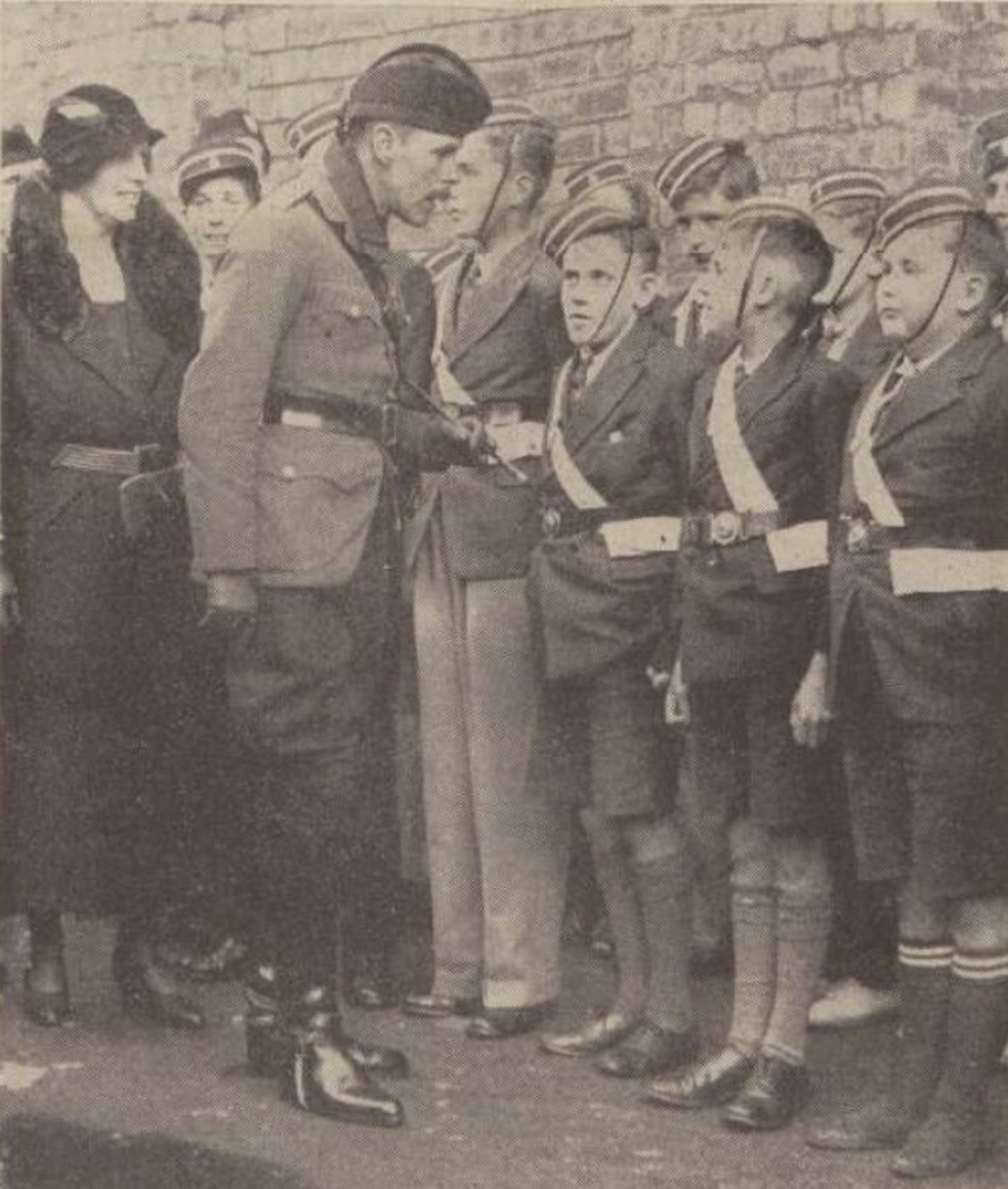
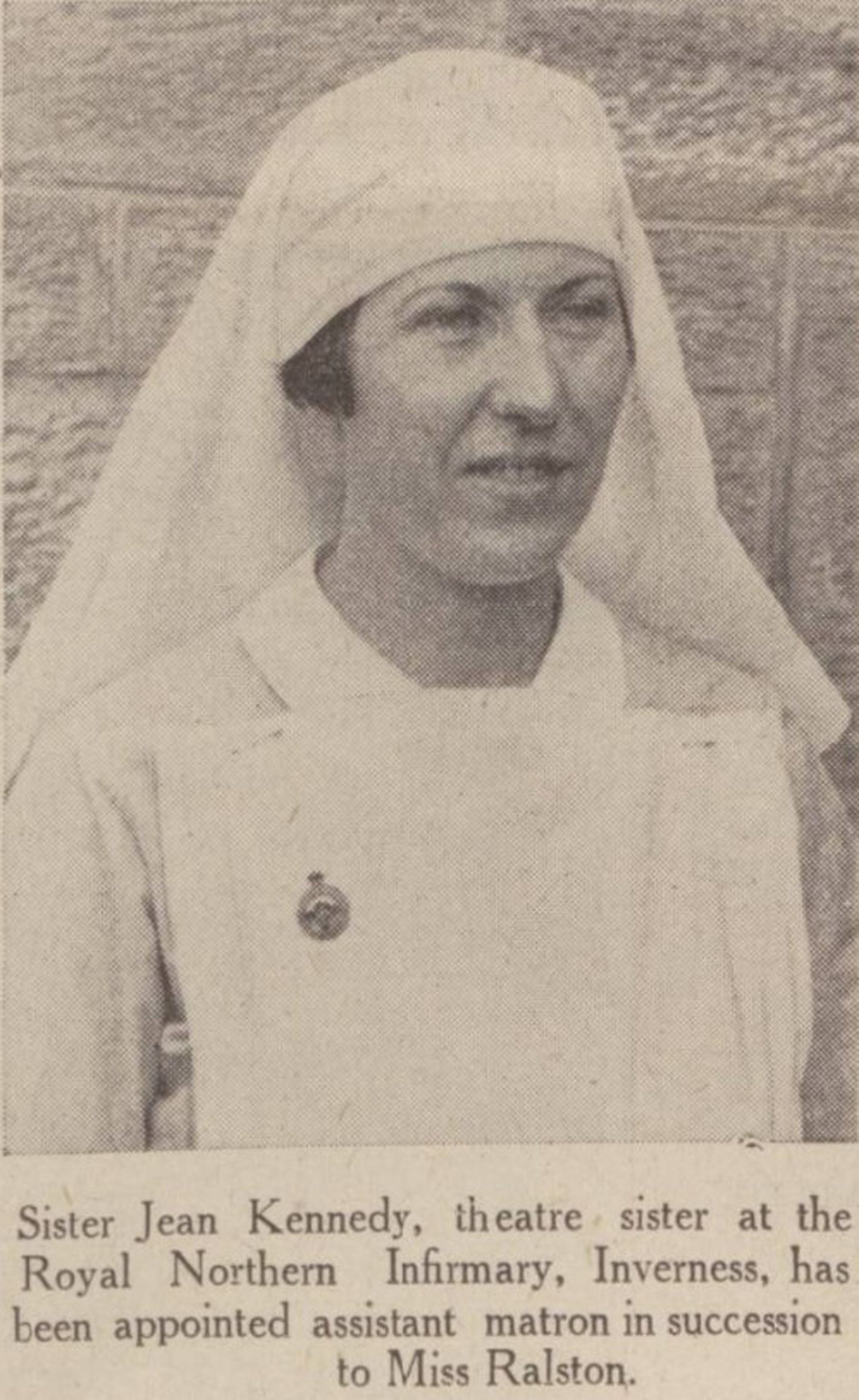
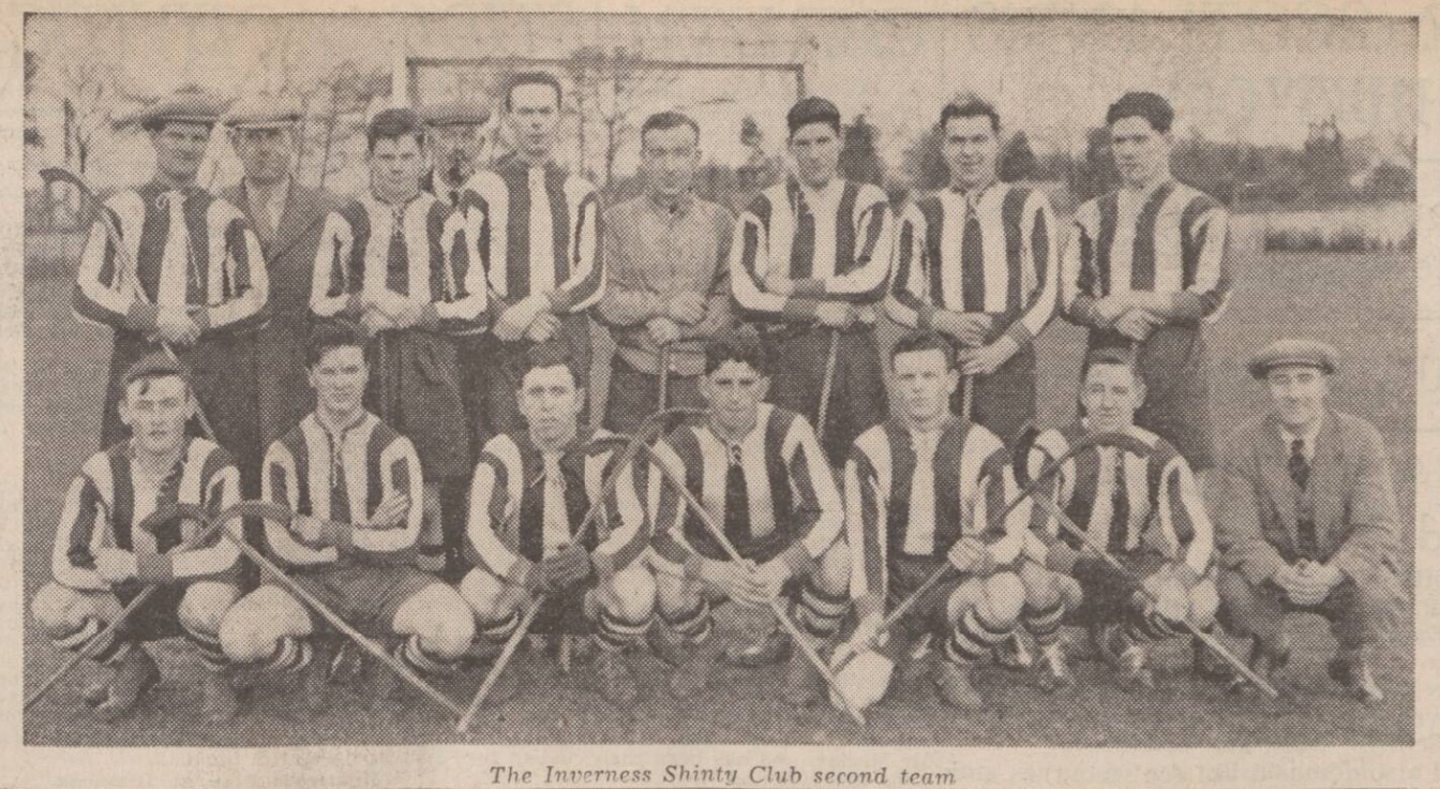
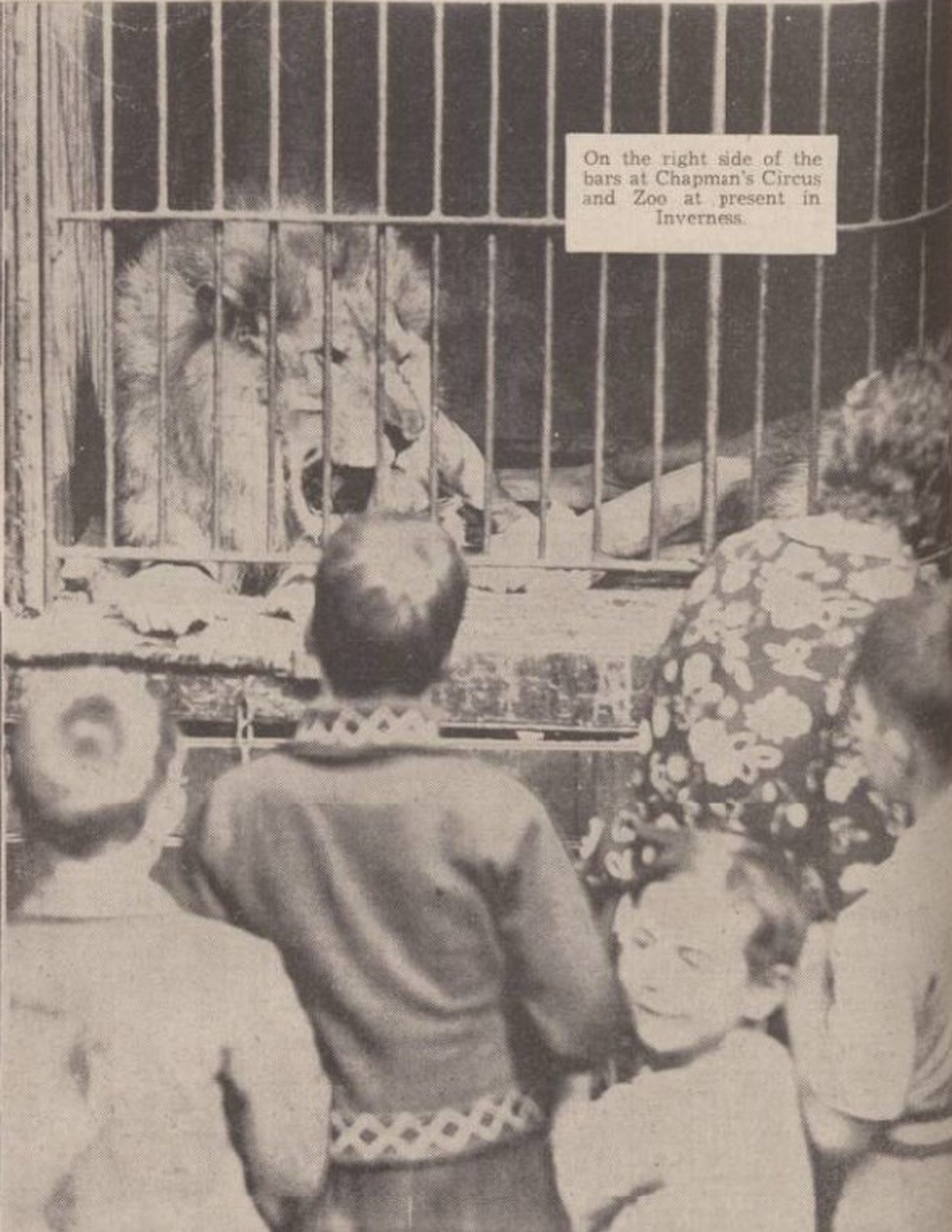
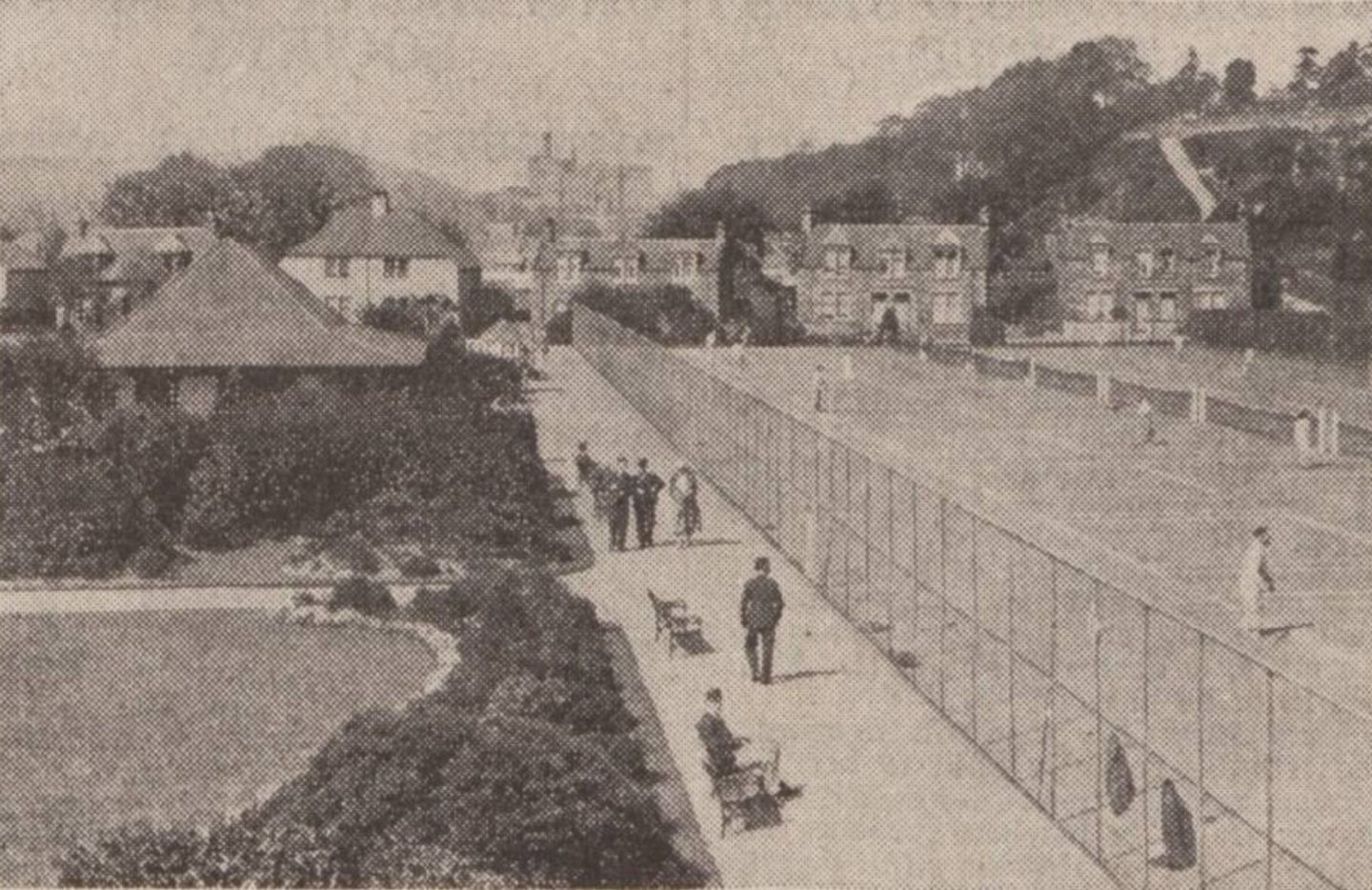
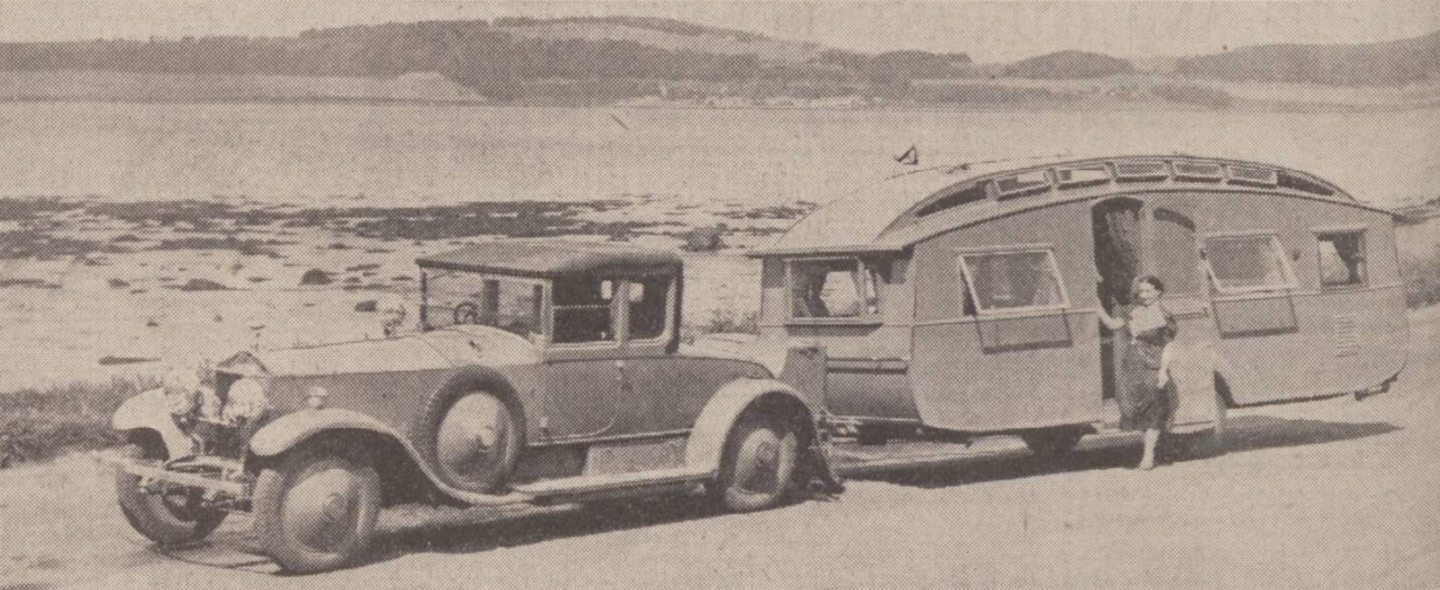
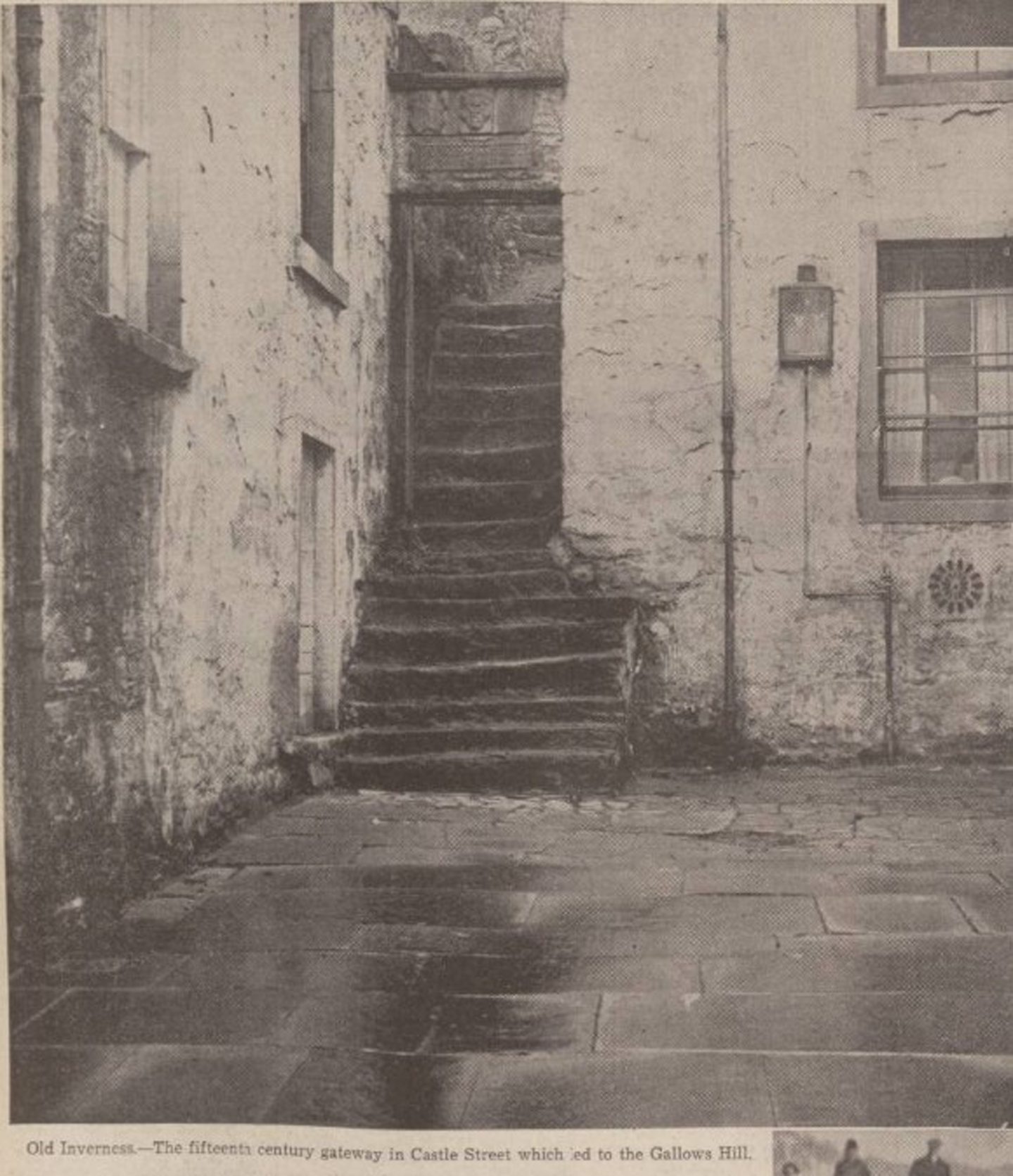
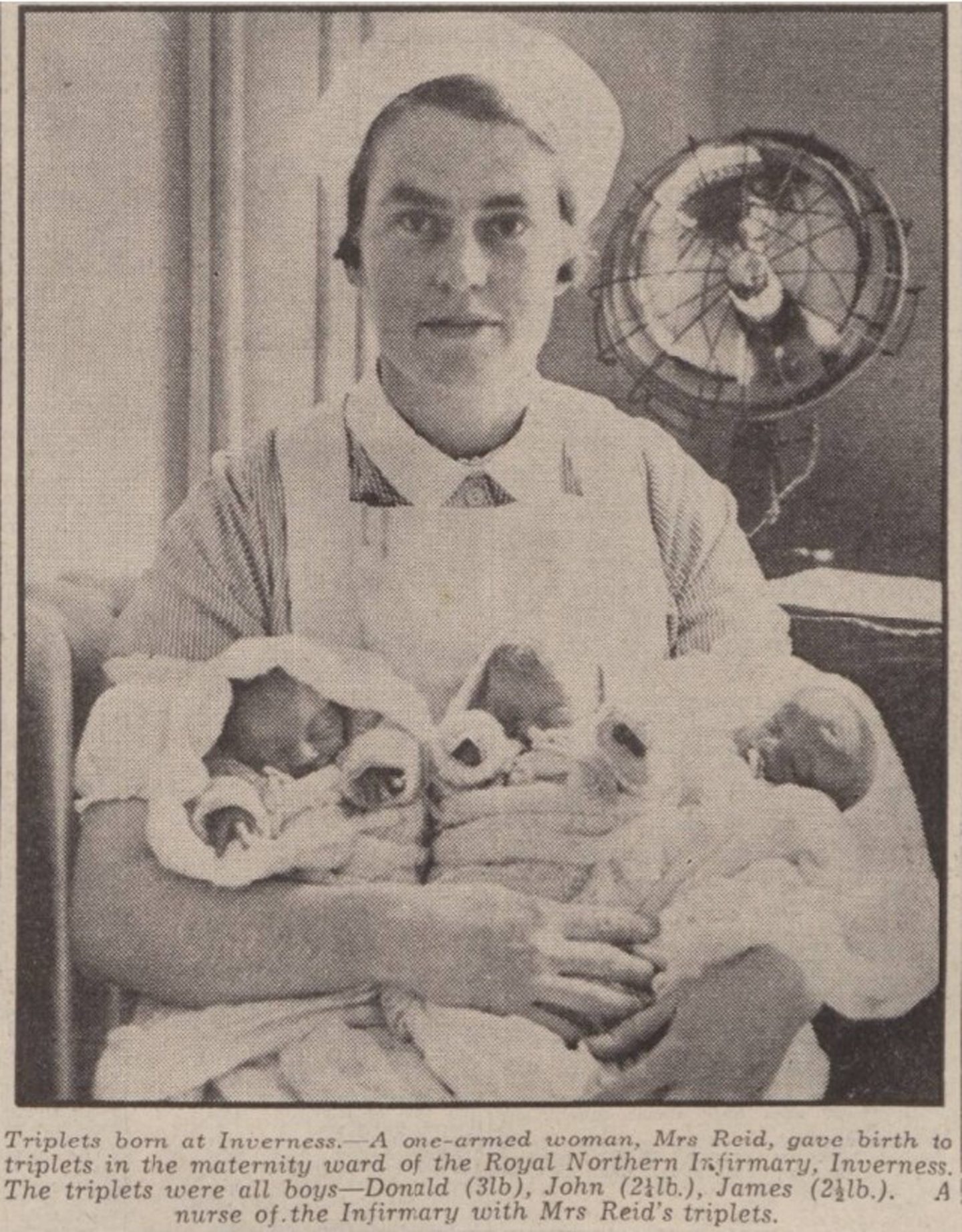
Conversation